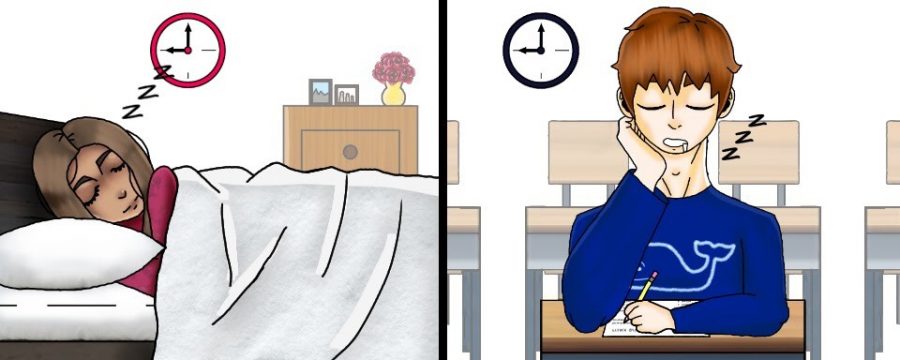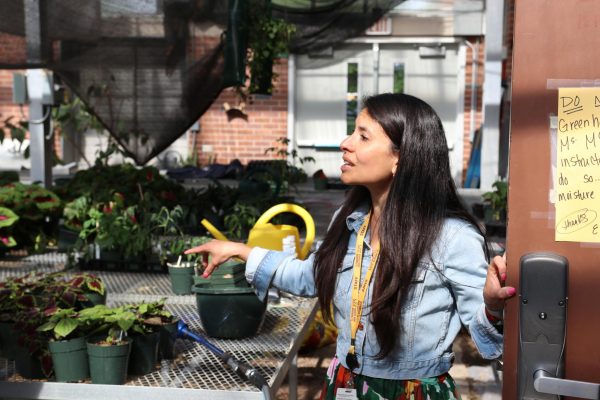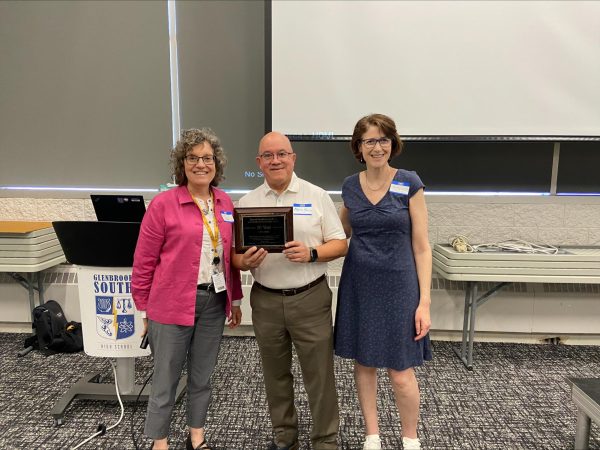Late arrivals prompt discussions of benefits and drawbacks
December 20, 2019
Unlike past years where the number of late arrivals was between 8 to 10, South has implemented 14 late arrivals for this school year—eight for the first semester and six for the second, said Principal Dr. Lauren Fagel.
Although students are aware of the shortened schedule, most of them do not know the reasoning behind the late arrivals, which allow staff members to participate in morning meetings, Fagel said.
“We call them professional learning mornings (PLMs), and they are for adults to engage in professional development or learning activities,” Fagel said.
Depending on the day, the morning meetings have either a departmental, schoolwide, or district wide focus. This year, there is an increase in late arrivals so that teachers have a greater opportunity to collaborate together on the curriculum, Cameron Muir, the associate of curriculum who is in charge of the PLMs, explained.
“If you look at research worldwide, teachers in other countries have a greater amount of time than teachers typically do in the United States to collaborate [and] to talk about their lesson planning and be able to share those ideas,’’ Muir said.
In response to the increased number of PLMs, science teacher Lisa Pavic favors the extra designated time she has to collaborate in-person with other teachers in her department.
“[The biology team] has adapted a new curriculum this year, so it’s super important that we are always talking to each other and giving feedback because that’s the best way to make sure all students get the best out of a curriculum,” Pavic said.
Since Pavic always has her freshman biology classes on blue days and AP Environmental Science courses on gold days, she said she does not feel any negative impacts of less class time as much as other teachers with more conflicting schedules.
“I really feel like late start has worked for me because all my classes are in the same place,” Pavic said. “It’s just easier for me to recover.”
Unlike Pavic, social studies teacher Sejal Schullo is in a more complicated situation regarding her teaching schedule since her Psychology classes take place on both blue and gold days.
“When we’re losing 30 minutes of 90 minutes of instructional time [from] lesson planning to be engaging, and we’re splitting our class into thirds or 20 minute chunks, losing 30 minutes is losing one whole activity that whole class just doesn’t get,” Schullo said. “That kind of hurts the kids on the opposite school day.”
Sophomore Lauren Collins said that late arrival days are more difficult than a normal school day for her, because the later arrival time means she cannot rely on her usual transportation methods.
“The late arrivals are actually really stressful for my family because my mom works in the morning, so usually I need to get a ride from someone else on Wednesdays,” Collins said.
In order to address this situation, Fagel proposed a possible long-term solution to the transportation problems.
“I would love to get to the point where our bus system was sophisticated enough that kids can ride [the bus] when they need it,” Fagel said. “[It’s] kind of a pay as you go motto.”
Beside the negatives impacts of the recent increase in the number of late arrivals, sleep has been a major benefit for the students during these mornings, Schullo explained.
“[I know that] as a psych teacher, the extra sleep the students may be getting or a little bit less pressure to be here in the morning and be cognitively alert that early is definitely helpful for the teenage brain,” Schullo said.
Although late arrivals may present some difficulties for students and staff, Pavic ultimately believes that late arrivals are beneficial for South. She feels that they allow students to focus on other aspects of their lives, such as friends or family.
“The benefits outweigh the detriments of [late arrivals],” Pavic said. “I think overall, it’s a good thing for teachers and students.”









